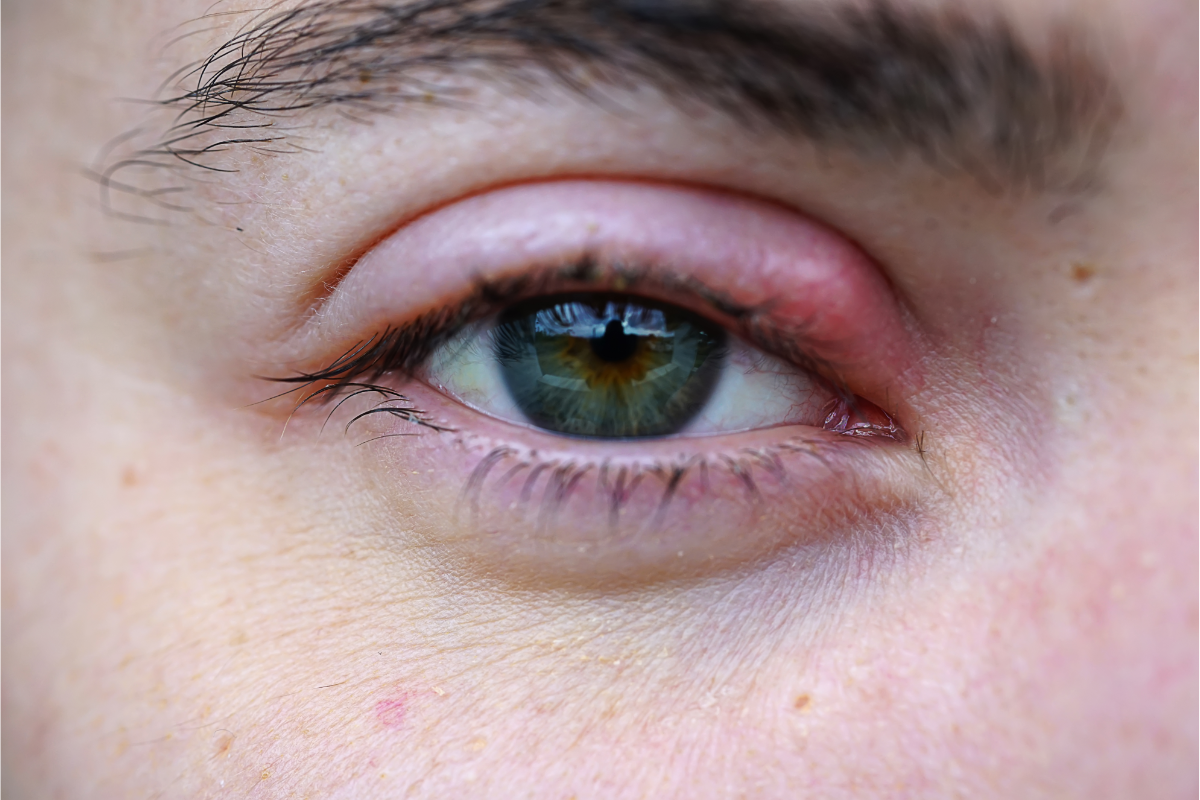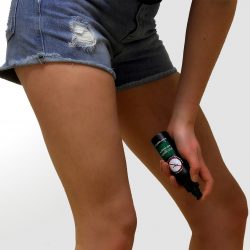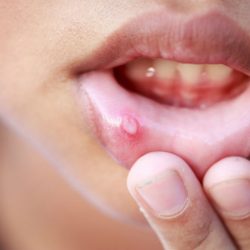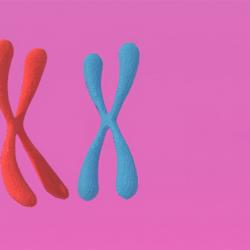Chalazions and styes are swelling that appears suddenly, located in the eyelid. A chalazion is caused by a non-infectious occlusion of the Meibomian gland, while a stye is usually caused by an infection of the gland. These two conditions initially cause hyperemia and edema of the eyelid, as well as swelling and pain.
What is a stye ?
The Loriot stye is an acute bacterial infection, most often involving Staphylococcus aureus, and affecting one or more glands of the eyelids. So an external stye involves the Zeiss or Moll glands while an internal stye affects the meibomian glands. It forms in a few days at the edge of the eyelid. A small red and painful pimple appears at the base of the eyelashes and fills with pus. A stye is not harmful to the eye and is not contagious. The infection usually goes away on its own after about a week. In the event of frequent recurrence, it is advisable to seek diabetes.
At the initial stage, the inflammatory swelling centers on one eyelash. An abscess is formed and a boil is visible with a white point of pus, then, after 2 to 4 days, the abscess ruptures and empties the hair swab with disappearance of the pain.
Some tips to speed up the healing process of a stye :
Removal of the eyelash with previously sterilized tweezers can optionally be considered. This action will drain the pus and immediately relieve the pain. If this is not possible, you can apply warm compresses for about ten minutes three to five times a day to help drain the pus. Thereafter, it is essential to disinfect the eye and eyelids.
However, it is not recommended to wear contact lenses, as well as to apply eye make-up, at the risk of spreading the infection and contaminating cosmetic products.
What is a chalazion ?
Chalazion is an acute inflammation, sometimes superinfected, of a meibomian gland (sebaceous gland of the eyelids). This inflammation, located in the eyelid, is caused by obstruction of the meibomian glands. These glands are located about 0.5 cm from the free edge of the eyelid, and produce an oily substance in the composition of tears.
The infection is caused by bacteria causing redness and swelling inside the eyelid. A chalazion is usually painless and grows more slowly than a stye. It can last from 4 to 8 weeks.
Chalazion is the most common eyelid pathology. It is often confused with the stye. In the same way as for the stye, its frequent recurrences will lead to the search for diabetes.
At the initial stage, an i nflammatory subcutaneous or subconjunctival nodule, rather hard on palpation, is embedded in the eyelid away from the free edge. Initially sterile and granulomatous, chalazion can undergo a bacterial superinfection, mainly staphylococcal. At the end of the period of exacerbation, during which redness and pain dominate, the course can lead either to spontaneous regression by emptying of the gland concerned, or to encystment with the persistence of a sub-nodule. cutaneous, painless and immobile.
Some tips to speed up the healing process of a chalazion :
As for the stye, it is advisable to clean the eyelid, then massage it with a warm compress several times a day to promote the evacuation of the contents of the glands.
Be careful, however, in the event of encystment, surgical excision may be considered.
What are the risk factors for developing a stye or chalazion ?
- Poor eye hygiene, for example, wearing expired or infected make-up on the eyelids
- Wearing poorly decontaminated contact lenses or handling contact lenses with poor hand hygiene
- The stress
- Hormonal changes
- Dry eyes from any source. For example, suffering from blepharitis, an inflammation of the edges of the eyelids that causes dry eyes
- Suffer from ocular-type rosacea, characterized by eye irritation
Some natural remedies to treat stye and chalazion
Medicinal plants side :
Roman chamomile :
The apigenin contained in Roman chamomile has an analgesic and anti-inflammatory effect by acting by inhibiting the production of pro-inflammatory cytokines. Luteolin suppresses the production of nitric oxide (NO), prostaglandin E 2 and the expression of inducible NO synthase (iNOS) and cyclooxygenase-2. Luteolin and quercetin therefore inhibit xanthine oxidase (XO).
Cornflower Hydrosol :
Toning and moisturizing the skin, cornflower hydrosol is renowned for its ophthalmic use (eye bath). It is weakly antibiotic, anti-inflammatory and analgesic by the polysaccharides it contains.
Homeopathy side :
Staphysagria 9 CH puis 15 CH puis 30 CH :
Dosage: 1 dose per day 3 days in a row in increasing dilutions.
+
Belladonna 9 CH :
Dosage: 5 granules 3 to 4 times a day.
+
HOMEOPTIC :
Dosage: 1 to 2 drops 2 to 6 times a day in both eyes.
+
Mercurius solubilis 9 CH :
Dosage: 5 granules 3 to 4 times a day if suppuration.
Or
Staphysagria 15 CH :
Dosage: 5 granules twice a day to calm inflammation at the edge of the eyelid.
Apis mellifica 15 CH :
Dosage: 5 granules every hour in case of pink edema and stinging pain, improved by cold.
Belladonna 9 CH :
Dosage: 5 granules 3 to 4 times a day in case of inflammation (redness, heat, throbbing pain) aggravated by touch.
These remedies can be taken in addition to the antibiotics prescribed by your doctor.





